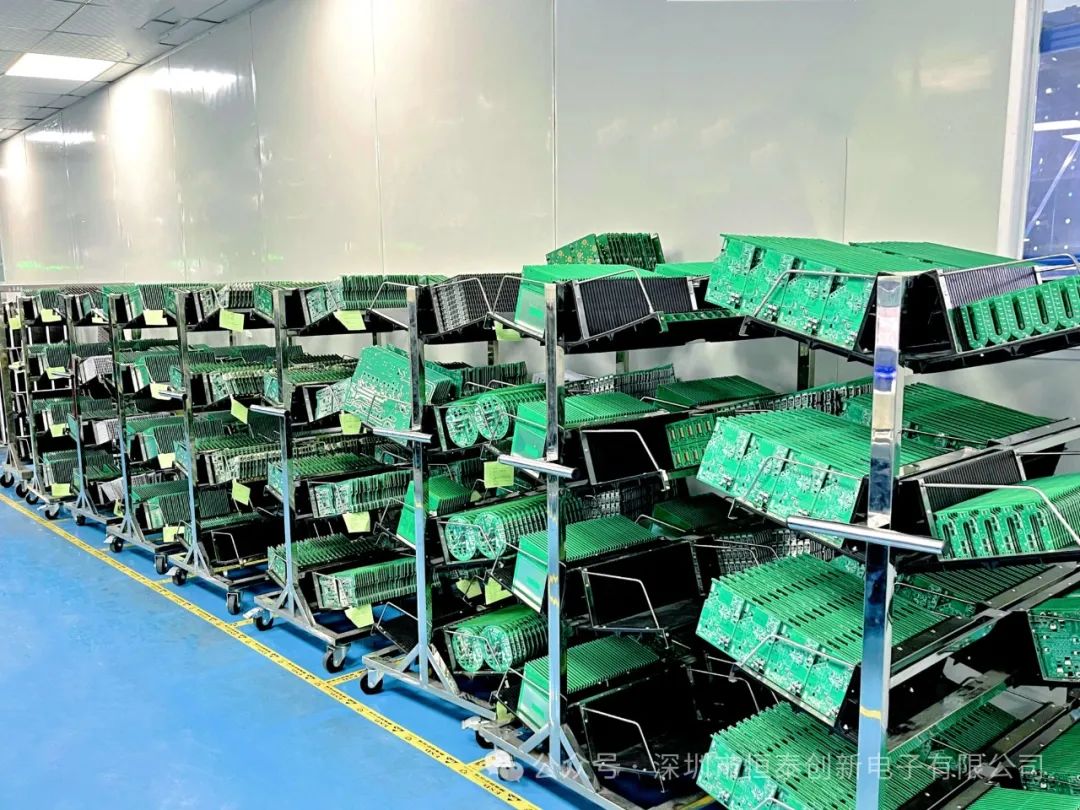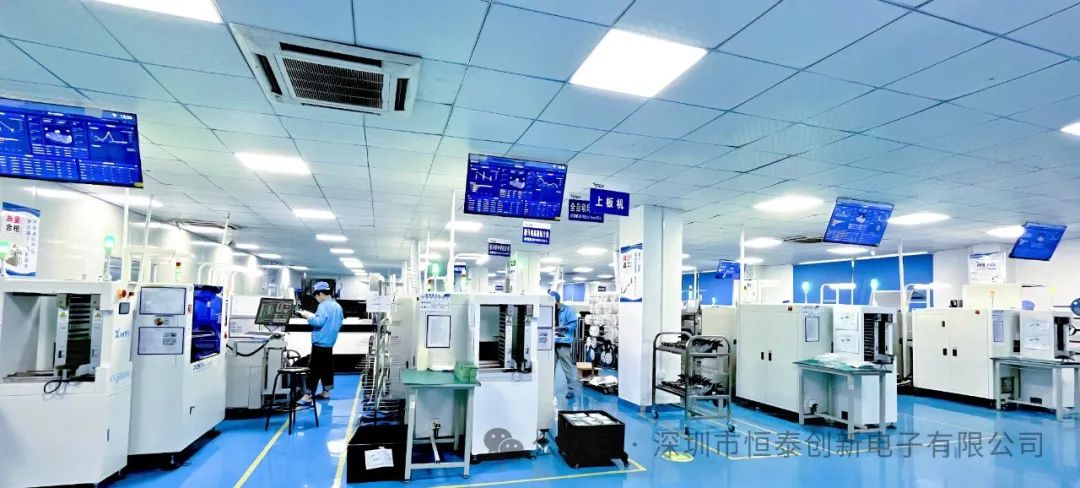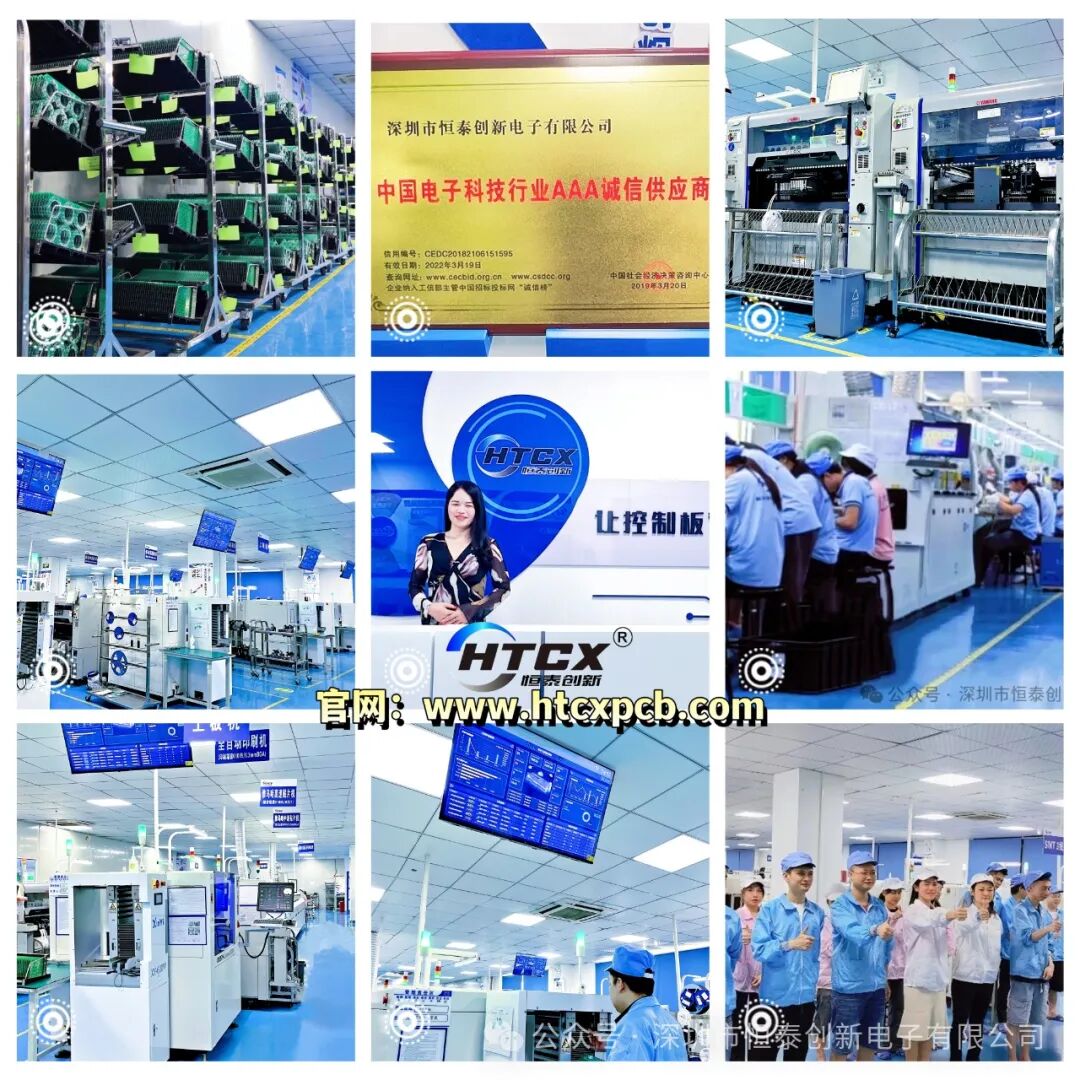Why Use Lead-Free PCBA
Lead-free processes use environmentally friendly solder, aligning with modern green trends. Lead is a toxic heavy metal, and prolonged exposure to lead-containing materials can pose potential health risks to operators, while the disposal of lead waste can also pollute the environment. Additionally, lead-free solder has a higher melting point, typically between 210°C and 235°C, with working temperatures ranging from 245°C to 280°C. This allows soldering equipment and techniques to better enhance the quality and efficiency of PCBA soldering. Lead-free PCBA has significant advantages in terms of environmental protection, soldering quality, cost-effectiveness, and regulatory compliance, making it the recommended choice in modern electronics manufacturing.

Is Lead-Free Process the Mainstream, and is Lead-Based Process Still Widely Used?
Although lead-free processes have become mainstream in the electronics assembly field, lead-based processes are still widely used in certain specific areas and scenarios. Lead solder provides better conductivity in metals; for example, no flux or cleaning agent is needed between copper and nickel-plated steel; solder paste can be directly applied to the surface, and upon heating, the solder flows into the gaps between the solder wire ends, forming a permanent bond.


Which Process Came First: Lead or Lead-Free?
Lead-based processes appeared earlier than lead-free processes. Lead-based processes have been widely used since ancient times, while lead-free processes evolved from lead-based processes. Specifically, early electronic soldering extensively used lead-containing solder due to lead’s lower melting point and good fluidity and solderability. With the rise of international environmental standards, lead-free processes developed to meet environmental demands, aiming to reduce the use of harmful substances, and gradually became mainstream in electronic production.

Main Differences Between Lead and Lead-Free Processes
Choosing the right soldering process in electronic device manufacturing is crucial for ensuring product quality and production efficiency, as there are significant differences between lead and lead-free processes in terms of environmental impact, soldering temperature, soldering reliability, cost, and health effects.
01
Environmental Impact: Lead-based processes use lead-containing solder, which poses potential hazards to the environment and human health, not aligning with modern environmental trends. Lead-free processes use environmentally friendly solder, which is beneficial to the environment and aligns with green trends.
02
Soldering Temperature: The melting point of lead in lead-based processes is lower, with soldering temperatures typically around 183°C. In contrast, lead-free processes have a higher melting point for lead-free solder, generally between 217°C and 260°C.
03
Soldering Reliability: The addition of lead in lead-based processes enhances the ductility and toughness of solder joints, making them more reliable. Due to the different physical properties of lead-free solder, the mechanical strength and reliability of solder joints may be slightly inferior to lead solder.
04
Cost Considerations: Lead-based processes are mature technologies with relatively low costs. Lead-free processes initially require specific lead-free solder and equipment, resulting in higher costs.
05
Regulatory Compliance: Lead-based processes may not comply with certain environmental regulations in some countries and regions, such as the EU’s RoHS directive. Lead-free processes meet environmental regulatory requirements, facilitating companies’ entry into international markets.
06
Health Effects: Prolonged exposure to lead-containing materials in lead-based processes can pose potential health risks to operators. Lead-free processes reduce the risk of operators being exposed to harmful substances, improving workplace safety.


 Editor
Editor
Huang Xiaozhen
Reviewer
Li Mei
Official Account
htcx2012
Phone
18911726991 (WeChat synchronized)
Official Website
www.htcxpcb.com
Address
Building B5, Yitang Industrial City, Yutang Community, Guangming District, Shenzhen, Guangdong Province
 Official Account QR Code
Official Account QR Code Video Account QR Code
Video Account QR Code Official Website QR Code
Official Website QR Code
Disclaimer: The content shared on this platform comes from the internet, official accounts, etc. We maintain neutrality in our viewpoints and judgments, and the above statements are ultimately owned by the original authors. If there is any infringement, please contact us for removal to avoid unnecessary losses for both parties.